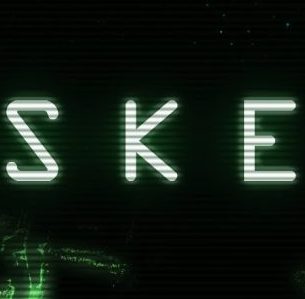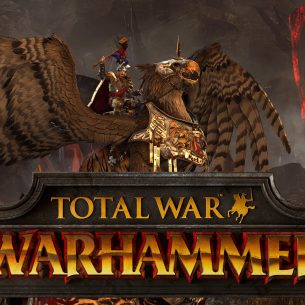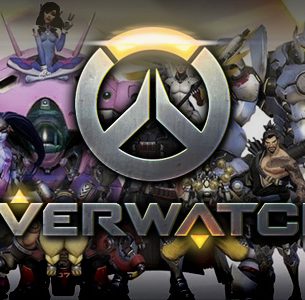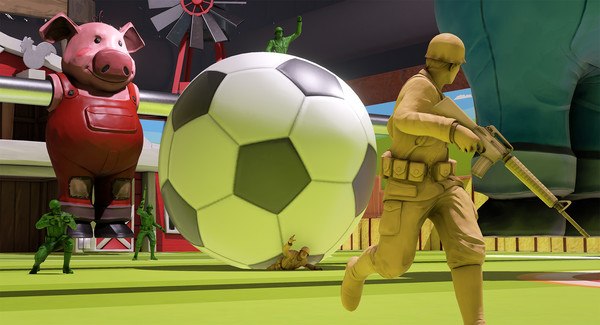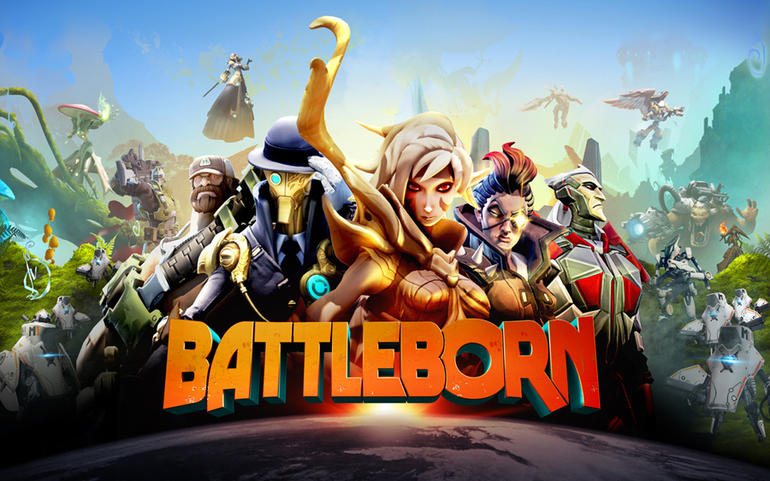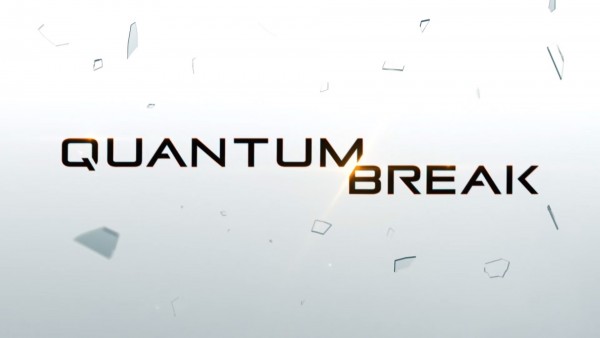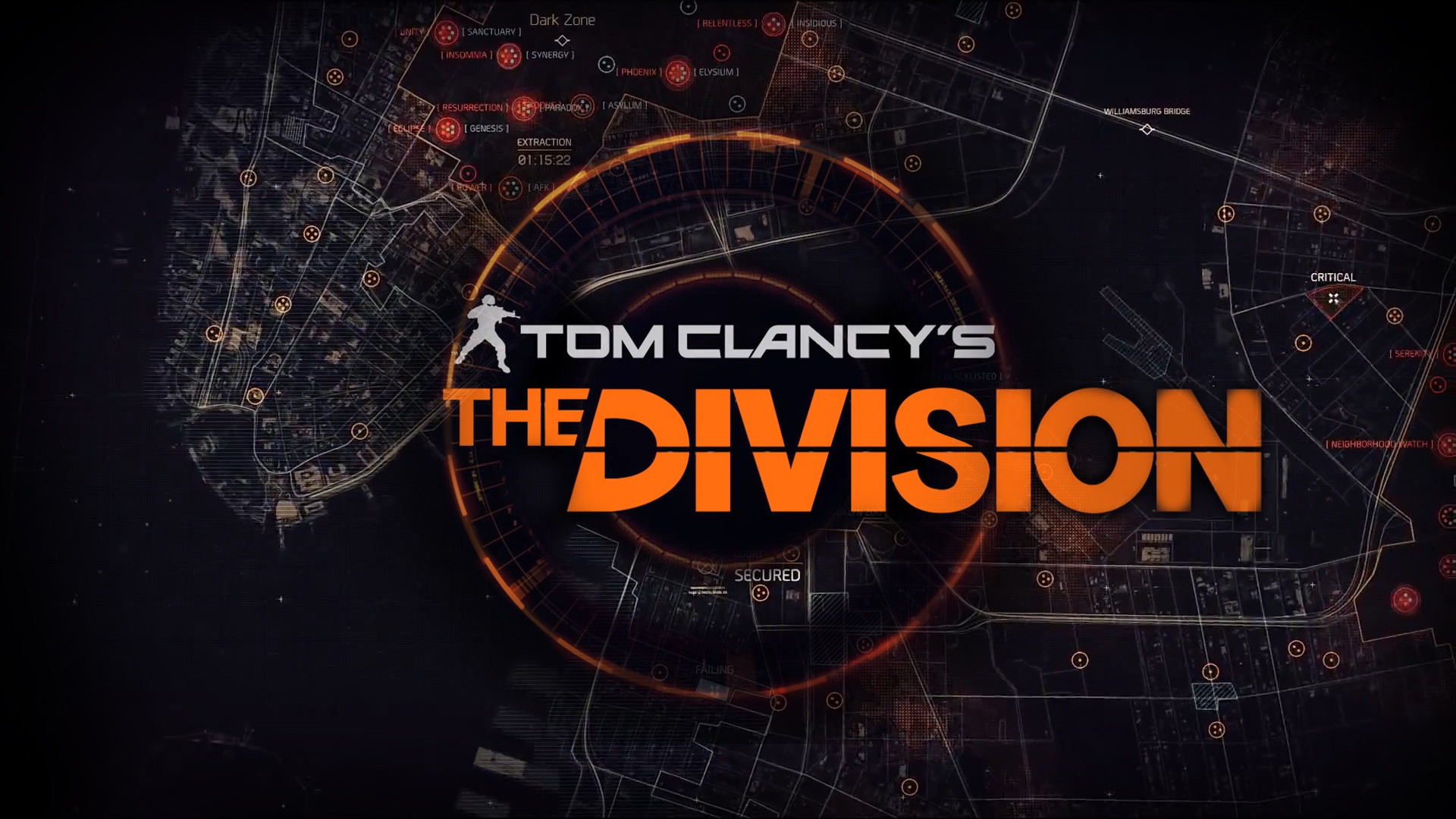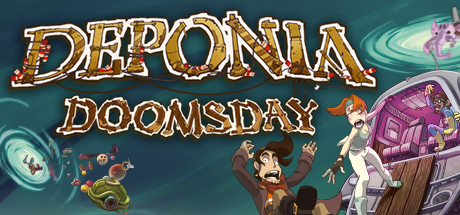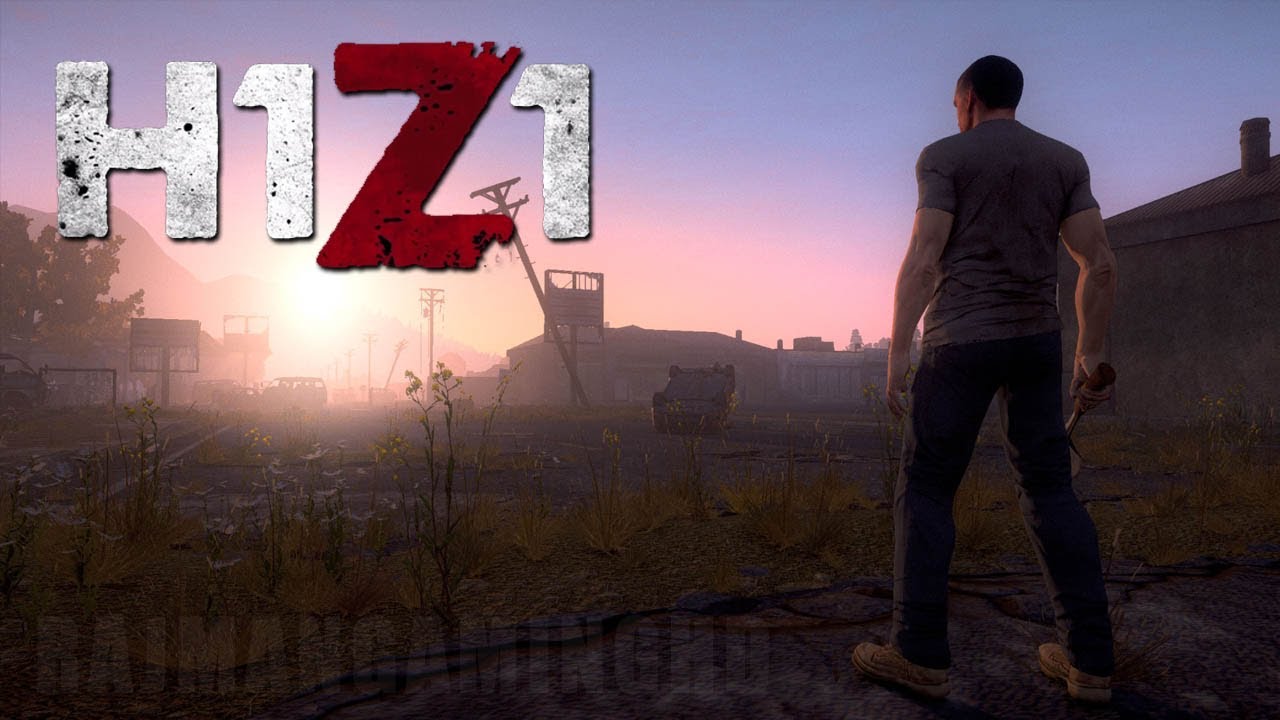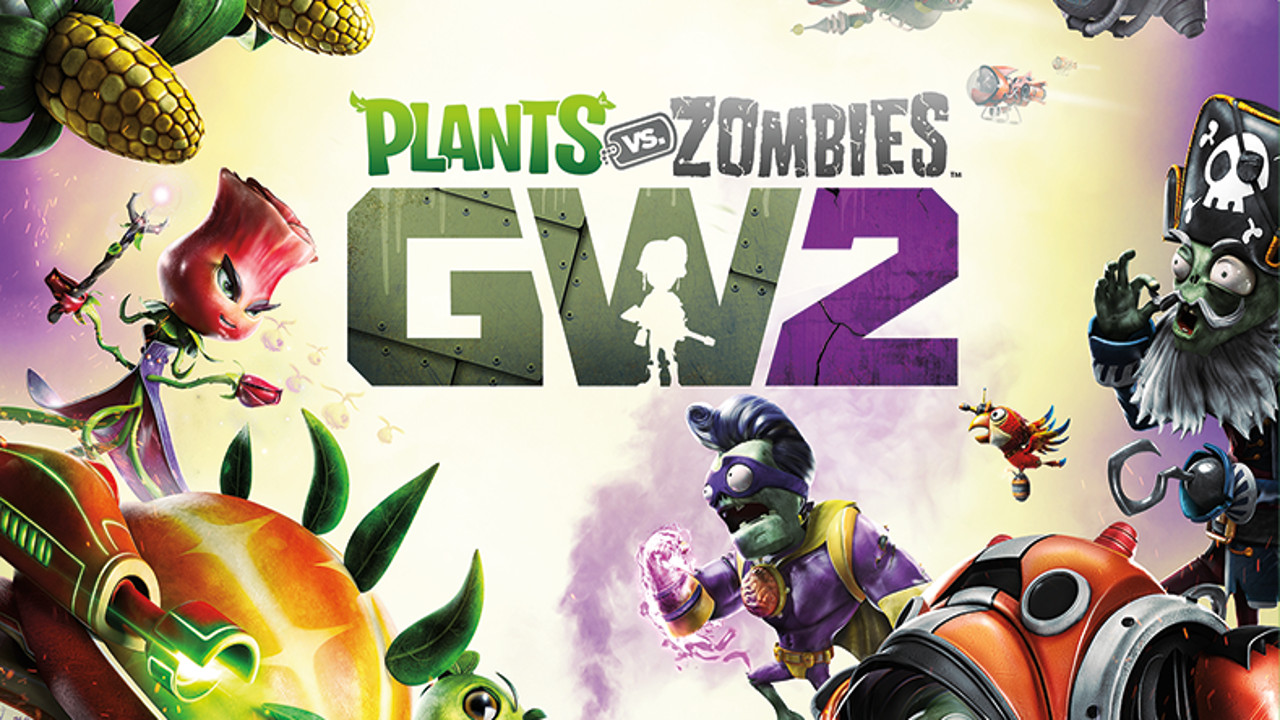Archive Post
Home / review
Duskers | Review
Duskers recently released after having spent several months in Early Access, luckily they have gone…
Total War: Warhammer Review | A Solid Game with a Few Additions to a Solid Formula
Review by: Rob Logsdon Total War Warhammer is Creative Assemblies newest edition into their long…
Overwatch – A Refreshingly Stylish Shooter | Review
In-universe, when the world needed the heroes of Overwatch they were nowhere to be found…
The Mean Greens – Why You Should Enlist In This Early Access Shooter
Developers Virtual Basement bring the childhood pastime of backyard warfare with plastic army men into…
Battleborn Beta Review
Review by our newest Reviwer, so new she doesnt even have an account: Kylie Trace Sometime…
Fantasy Grounds from a DM’s perspective, and a first time players.
By: Espy Tryst I had the joy of getting to test out the Fantasy Grounds…
Quantum Break | Review
Warning: In order to discuss Quantum Break’s plot effectively this review does contain spoilers up…
Hyper Light Drifter | Review
Hyper Light Drifter is an incredible and intense experience. It pulls at you with war,…
The Division the definitive review
I would like to find the brilliant mind who thought to themselves, what if we…
Slain! | Review
The new platformer / smash’em’up “Slain!” is the first release of its developer Wolf Brew…
Deponia Doomsday Review: “We call this place ‘The Waste of Time’”
Review by Guest Editor: Luce Having never played a Deponia game before, I didn’t really know…
H1Z1 King of the kill the first hours:
So I have heard a crap ton about this game, seen in on Youtube and…
Battlestation: Harbinger back from the dead
Review by Robyn Robo Back in 2014, a new independent developer in Finland by the…
Plants Vs. Zombies: Garden Warfare 2 | Review
Popcap’s long-running feud between photosynthesizing plants and armies of the undead returns to the 8th…


